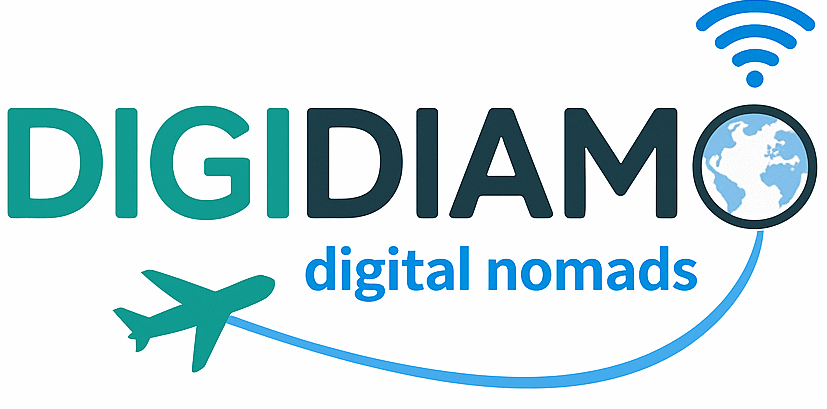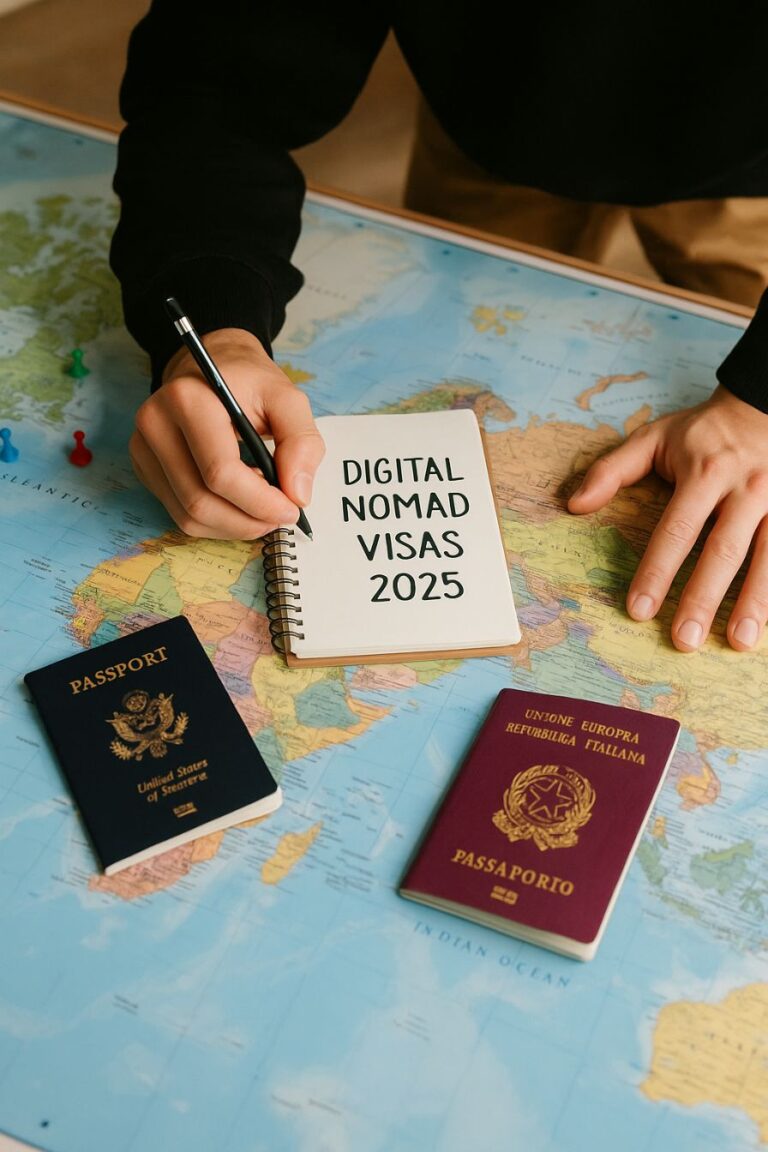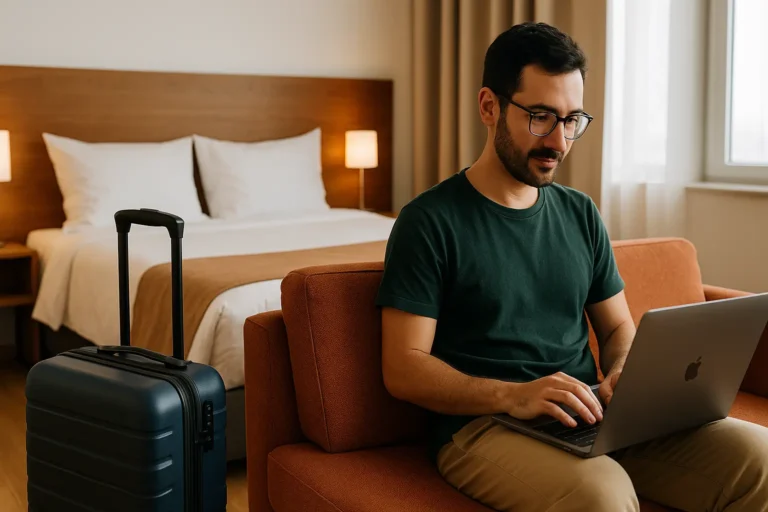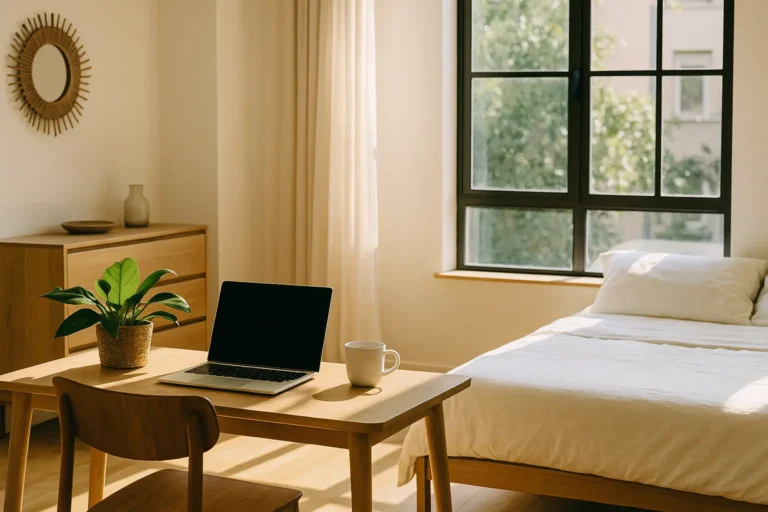Digital nomad monthly budget: full breakdown by category
One of the most common mistakes new digital nomads make is underestimating how expenses add up. Rent might be cheap, but small daily costs transport, SIM cards, snacks, gear repairs can sneak up quickly.
You don’t need to track every cent like an accountant. But knowing where your money goes helps you feel in control, not reactive. A clear budget lets you enjoy your experience without financial anxiety. And once you’ve seen the bigger picture of how costs vary by country, like in this global cost comparison for digital nomads, it’s time to zoom into the details.
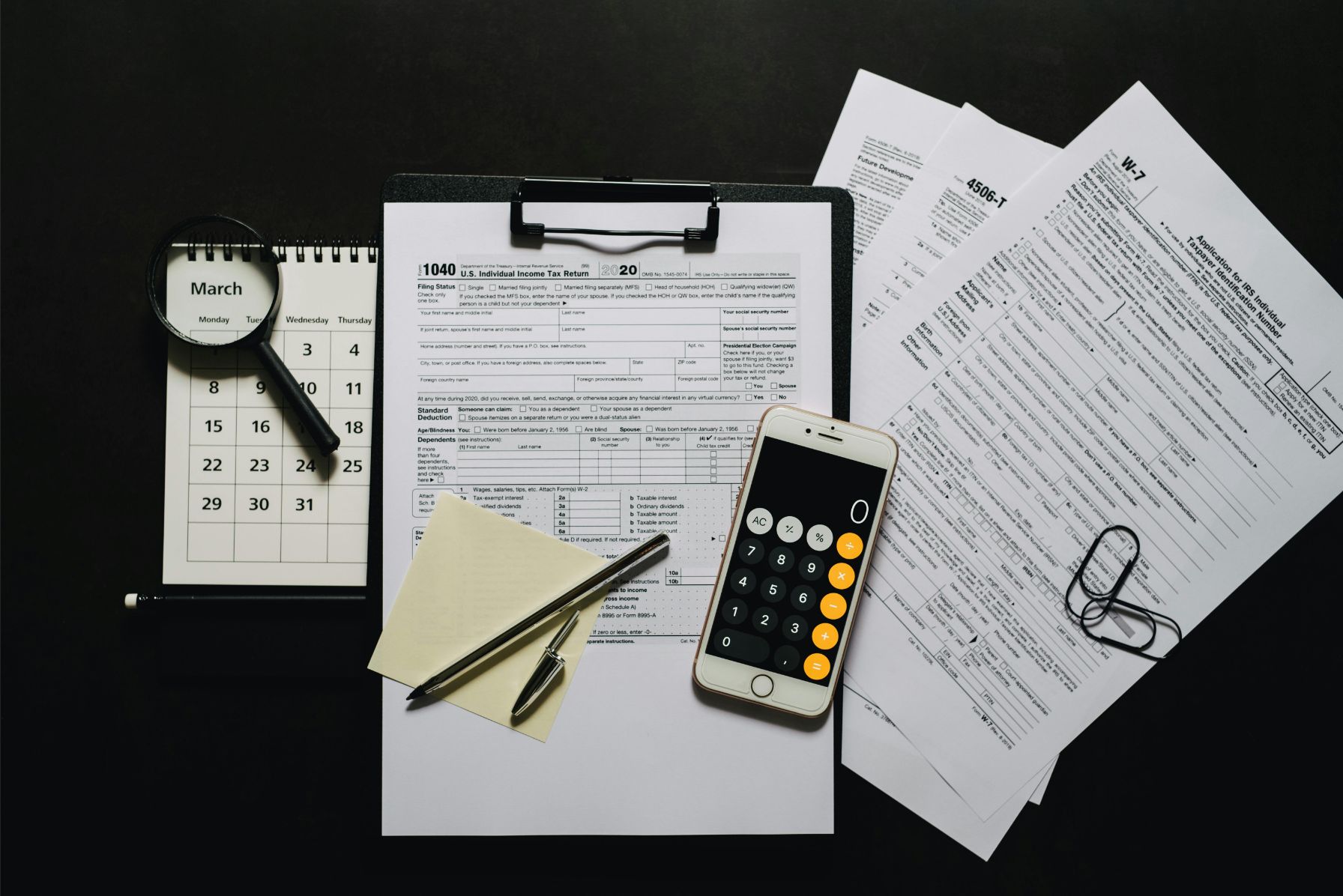
Housing: your biggest monthly expense
No surprise here. Rent eats up the largest part of a nomad’s budget. But it doesn’t mean it has to be expensive.
- Southeast Asia: $250–$600 for a studio
- Eastern Europe: $400–$800 depending on city and season
- Latin America: $400–$700 in safe, walkable neighborhoods
- Portugal/Spain: closer to $800–$1,200 in Lisbon or Barcelona
If you’re staying 1–3 months, platforms like Airbnb or Flatio give flexibility. For longer stays, Facebook groups or local rental platforms usually offer better prices.
Tip: negotiate for longer stays. A 30-day rental is often cheaper than four weeks booked separately.
Food: eat like a local or pay the tourist tax
This one varies more than people think. Dining out daily in tourist zones adds up quickly, even in cheap countries. But shop at local markets, and you can cut your food costs in half.
- Street food meals: $1–$4
- Mid-range restaurants: $5–$15
- Groceries (per month): $150–$300 depending on diet
Some nomads cook most meals. Others eat out daily and treat time as more valuable than money. No wrong approach just know your style and build your budget accordingly.
Coworking & Internet
You need fast, stable Wi-Fi. That’s non-negotiable.
- Coworking pass (monthly): $80–$200 depending on city
- SIM card with data: $10–$30/month in most countries
- Portable routers/eSIMs: $5–$15/GB for reliable fallback internet
If you work full-time and take video calls, invest in coworking or reliable home Wi-Fi. For part-timers or writers, cafés + SIM combos often do the job.
Also, don’t forget coffee budget. Some nomads spend more on cappuccinos than coworking desks.
Transport: short hops and long flights
Transport depends on how fast you move and how much you explore.
- Scooter rentals: $50–$80/month in Asia
- Public transport: $10–$40/month in most cities
- Local flights: $50–$150 one-way
- Monthly travel insurance: $30–$60 depending on coverage
The faster you travel, the higher the cost. Slowmad life staying 1–3 months per location cuts down transport bills drastically.
ther essential expenses
- Health insurance / travel insurance: Some countries require proof on entry. Even if they don’t, don’t skip this. Plans like SafetyWing or HeyMondo offer coverage from ~$40/month.
- Gym memberships: $15–$60 depending on local standards
- Laundry: either DIY (
$10/month) or paid service ($1–$2/kg) - VPN subscription: $5–$12/month (important if you’re using public Wi-Fi often)
- Emergency buffer: always leave 10–15% of your monthly budget untouched for surprise costs.
Budget template (example for Da Nang, Vietnam)
| Category | Monthly Estimate |
|---|---|
| Rent (studio) | $350 |
| Food (mix) | $220 |
| Coworking | $100 |
| Transport (scooter) | $60 |
| SIM/Data | $15 |
| Gym + Misc | $55 |
| Insurance/VPN | $50 |
| Buffer | $75 |
| Total | $925 |
This is a solid budget for a solo nomad living comfortably, not frugally.
Real Budget Examples from the Field
No two digital nomads spend the same, but seeing real examples makes it easier to benchmark your own expectations. Here are three lifestyle snapshots from nomads I’ve crossed paths with over the last year:
Lina : Content writer living in Tbilisi
- Lifestyle: simple, local-focused
- Monthly budget: around $850
- Breakdown:
- Rent: $350 (studio outside city center)
- Food: $200 (cooks at home, eats out 2x/week)
- Coworking: $90
- Transport: $20 (mostly walking)
- SIM/internet: $15
- Other: $175 (gym, insurance, buffer)
Lina works 30 hours a week, mostly from her Airbnb or a local café. She doesn’t travel often, but she saves 20% of her income consistently.
David : Developer based in Mexico City
- Lifestyle: active, comfort-driven
- Monthly budget: around $1,650
- Breakdown:
- Rent: $750 (furnished apartment in Roma Norte)
- Food: $350 (mostly restaurants and takeout)
- Coworking: $150
- Transport: $60 (Uber + metro)
- SIM/internet: $25
- Other: $315 (language classes, gym, coffee, health insurance)
David enjoys urban living and doesn’t mind paying extra for location and convenience. His biggest variable is food something he considers part of his lifestyle, not just a necessity.
Sara : UX designer staying in Bali
- Lifestyle: wellness-oriented, social
- Monthly budget: around $1,200
- Breakdown:
- Rent: $400 (private bungalow in Canggu, monthly rate)
- Food: $250 (mix of cafés and cooking)
- Coworking: $120
- Transport: $50 (scooter rental + fuel)
- SIM/internet: $20
- Other: $360 (surf lessons, yoga, events, travel insurance)
Sara balances work with a social lifestyle and outdoor hobbies. She budgets carefully but makes room for the things that keep her grounded and energized.
These examples aren’t “ideal” or “average” they’re real. The point isn’t to copy someone else’s budget. It’s to understand how different choices shape different realities.
Want to take your next step and build your own forecast? Start by exploring the most affordable destinations worldwide for remote workers in our detailed cost-of-living guide by country.
